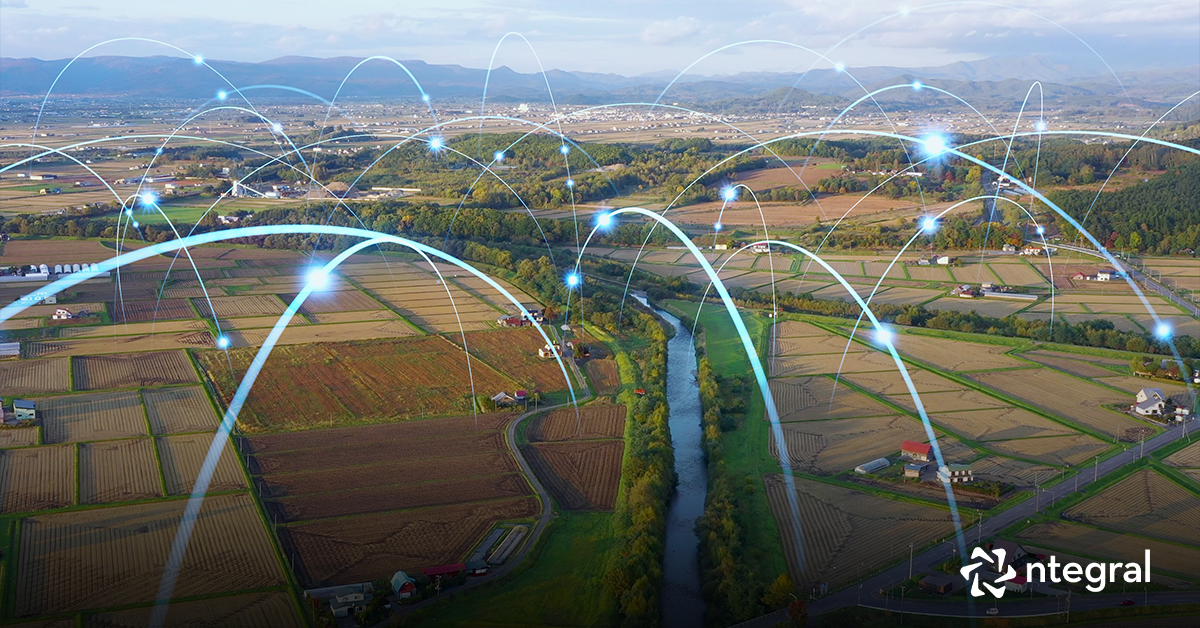Achieve Seamless Business Continuity with the Zero-Disruption Model
trending_up Technology
Introduction
In today's rapidly evolving business landscape, disruptions can be severe setbacks in an organization's business operations. Organizations must implement proactive systems which ensure business continuity so organizational processes remain uninterrupted. These systems prevent cyberattacks, natural disasters, and unforeseen events. The Zero-Disruption model achieves these measures by enhancing organizational resilience and customer trust while reducing financial losses. The goal of the Zero-Disruption Model is to create seamless business continuity during Digital Transformation by minimizing disruptions, so business operations can continue to take place, as your business transforms.
This article explains what composes the Zero-Disruption model and how to implement its key components to safeguard business operations and thrive in an unpredictable business landscape.
Zero-Disruption Model: Key Components
Cloud Computing: Cloud computing offers scalability, flexibility, and redundancy, making it an invaluable tool in the Zero-Disruption Model. By leveraging cloud services, organizations can store data securely, access applications from anywhere, and quickly recover systems in the event of a disruption. Cloud computing also facilitates remote work, ensuring employees can continue their tasks during unexpected events.
Click here to learn about how Airbnb grew using cloud technology.
Cybersecurity Measures: As the digital landscape expands, cybersecurity measures become increasingly crucial in the Zero-Disruption Model. Organizations must implement robust cybersecurity protocols to protect their sensitive data, networks, and systems from cyber threats. Cybersecurity measures include regular security assessments, employee training on best practices, implementing multi-factor authentication, and updating software and systems with the latest patches.
Redundancy Systems: Redundancy systems play a crucial role in the Zero-Disruption Model. Organizations can ensure that business operations continue without disruption by implementing backup systems for critical infrastructure, data, and applications. Redundancy systems include duplicate hardware, mirrored data centers, and failover mechanisms that automatically switch to backup systems when necessary.
Continual Risk Assessment: A proactive approach to risk assessment is essential in the Zero-Disruption Model. Organizations should regularly assess potential risks and vulnerabilities to identify areas that require attention. Organizations can use Continual Risk Assessment to implement appropriate measures to mitigate risks and minimize the likelihood of disruptions. Organizations can be better prepared to face uncertainties by staying ahead of potential threats.
Employee Training: Employees play a significant role in maintaining operational resilience. By providing comprehensive training on business continuity plans, disaster recovery procedures, and cybersecurity practices, organizations empower their workforce to respond effectively during disruptions. Well-trained employees can make informed decisions, prevent potential risks, and contribute to the overall resilience of the organization.
Benefits of the Zero-Disruption Model to Organizations
1. Minimizing Disruption Impact: By proactively preparing for disruptions, organizations can minimize the impact on their operations. They can quickly recover, reducing downtime and maintaining productivity levels.
2. Enhancing Business Resilience: The Zero-Disruption Model strengthens an organization's resilience by equipping it to handle unforeseen events. With the ability to adapt and recover quickly, organizations can navigate disruptions more effectively.
3. Reducing Financial Losses: Business disruptions can result in significant financial losses. Organizations can minimize these losses by avoiding downtime, mitigating damage, and optimizing recovery processes by adopting the Zero-Disruption Model.
4. Building Customer Trust: Customers value reliability and trust in their business relationships. The effects of utilizing the Zero-Disruption Model are long-lasting. Resilience and uninterrupted service improve customer service to build confidence for long-term
By demonstrating resilience and uninterrupted service, organizations using the Zero-Disruption Model build trust and loyalty with their customers, leading Organizations using the Zero-Disruption Model build trust and loyalty with their customers by demonstrating resilience and uninterrupted service to long-term success.
5. Coping with Business Disruptions: The Zero-Disruption Model equips organizations with the tools and strategies to cope with various disruptions. Whether it's a natural disaster, cyberattack, or other unexpected events, organizations are better prepared to handle the challenges that come their way.
Conclusion adequate
In an era of increasing business disruption, the Zero-Disruption Model offers organizations a proactive strategy to safeguard their operations and thrive in an unpredictable business environment. Organizations become more resilient by implementing at least one of several Zero-Disruption Model techniques, building customer trust, and reducing financial losses. The Zero-Disruption Model supports innovative business models and digital transformation to prioritize business continuity. Organizations can minimize the impact of disruptions with effective disaster recovery planning and position themselves for success in today's dynamic business landscape.
See other insights
You may also enjoy these additional related insights
In today's digital age, cloud computing has become a buzzword in the tech industry. It has transformed the way businesses operate and has had a significant impa
